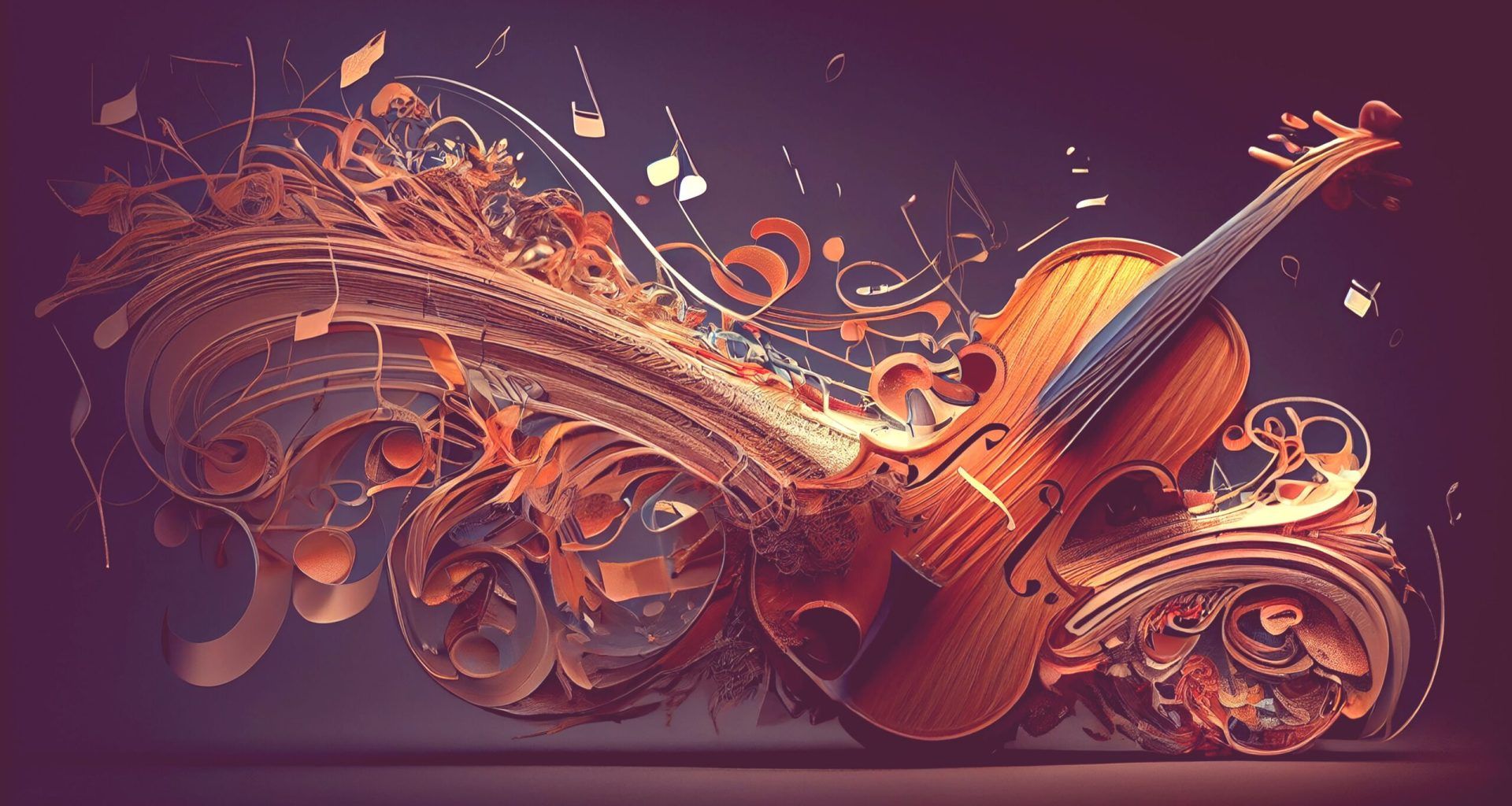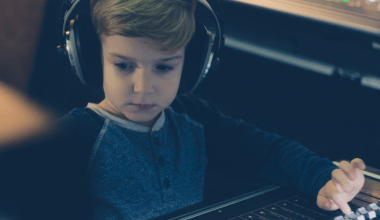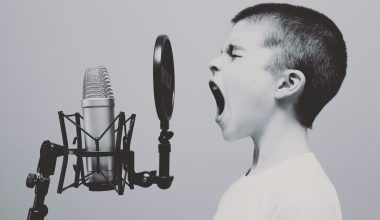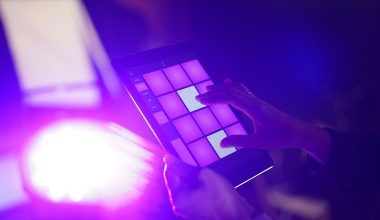Public domain music is a treasure trove of creative opportunities. This vast collection of musical works, free from copyright restrictions, allows musicians, creators, and enthusiasts to use and enjoy these pieces without legal hurdles. In this blog, we will explore the concept of public domain music, its benefits, and how you can leverage it in your creative projects.
What is Public Domain Music?
Public domain music refers to musical compositions, lyrics, and recordings that are not protected by copyright law. This means anyone can use, perform, and distribute these works without needing permission or paying royalties. The focus keyword here, public domain music, is essential for understanding its significance in the creative world.
How Music Enters the Public Domain
Music enters the public domain in several ways:
- Expiration of Copyright: Typically, a piece of music enters the public domain when its copyright expires. In most countries, this happens 70 years after the death of the composer or lyricist.
- Waiver by the Copyright Holder: Sometimes, the copyright holder may voluntarily release their work into the public domain.
- Lack of Copyright Renewal: In the past, especially in the United States, if a copyright was not renewed, the work would enter the public domain.
Understanding these mechanisms is crucial for anyone looking to utilize public domain music effectively.
Benefits of Using Public Domain Music
There are numerous benefits to using public domain music:
- Free to Use: One of the most significant advantages is that public domain music is free to use. This makes it an excellent resource for independent artists, filmmakers, and educators.
- Creative Freedom: Without copyright restrictions, creators have the freedom to adapt, remix, and build upon public domain music.
- Access to Classics: Public domain music includes many classical pieces and historical music, providing access to timeless works that can enhance modern projects.
For more about our music services and how we support artists, check out our Music Distribution and AI Mastering services.
Famous Examples of Public Domain Music
Many well-known pieces of music are now in the public domain. Here are a few examples:
- “Fur Elise” by Ludwig van Beethoven: This iconic piano piece is a favorite among musicians and is widely used in various media.
- “The Blue Danube” by Johann Strauss II: Known for its beautiful waltz rhythm, this piece is often associated with elegance and sophistication.
- “The Nutcracker Suite” by Pyotr Ilyich Tchaikovsky: This collection of music from the famous ballet is frequently used during the holiday season.
These examples highlight the rich variety of music available in the public domain.
How to Find Public Domain Music
Finding public domain music can be straightforward if you know where to look. Here are some resources to help you get started:
- IMSLP (International Music Score Library Project): A vast library of public domain music scores.
- Project Gutenberg: Offers a selection of public domain sheet music.
- Library of Congress: Contains a wide range of historical music recordings and scores that are in the public domain.
Using these resources, you can explore a wide range of public domain music for your projects.
Additional Online Resources
Apart from the above, there are other valuable sources where you can find public domain music:
- Mutopia Project: Provides sheet music editions of classical music that are in the public domain.
- Musopen: Offers recordings, sheet music, and textbooks that are free to use.
- Public Domain Information Project: Lists songs that are confirmed to be in the public domain.
These platforms provide a variety of musical works that can be used freely in your creative endeavors.
For more information on related topics, you can explore our Artist Guide and FAQs
How to Use Public Domain Music in Your Projects
Utilizing public domain music in your projects is a simple and effective way to enhance your work. Here are some ways you can use it:
- Background Music for Videos: Public domain music is perfect for adding a touch of class to your YouTube videos, presentations, or films.
- Educational Materials: Teachers and educators can use public domain music to create engaging and interactive learning experiences.
- Music Production: Musicians can sample, remix, and adapt public domain music to create new compositions.
The possibilities are endless when it comes to using public domain music creatively.
Practical Applications and Case Studies
Case Study 1: Filmmaking
Filmmakers often face budget constraints, and music licensing can be expensive. By using public domain music, filmmakers can significantly reduce their costs. For instance, an independent filmmaker used Beethoven’s “Symphony No. 9” in their film to evoke powerful emotions without paying hefty licensing fees.
Case Study 2: Music Education
A music teacher incorporated public domain music into their curriculum, allowing students to study and perform pieces by classical composers like Bach and Mozart. This approach provided students with a rich learning experience without the need for purchasing expensive sheet music.
Case Study 3: Content Creation
A YouTuber created a series of videos on historical events and used public domain music from the respective eras to enhance the authenticity of their content. This not only improved viewer engagement but also kept the production cost low.
Legal Considerations and Best Practice
While public domain music is free to use, it’s essential to ensure that the piece you want to use is indeed in the public domain. Here are some best practices:
- Verify the Status: Double-check the copyright status of the music through reliable sources.
- Credit the Source: Even though it’s not legally required, crediting the source can be good practice and show respect for the original creators.
- Understand Regional Differences: Copyright laws vary by country, so ensure the music is in the public domain in your region.
These steps can help you avoid legal pitfalls and use public domain music confidently.
Misconceptions About Public Domain Music
There are several misconceptions about public domain music that need to be clarified:
- Public Domain is Not Creative Commons: While both allow free use, Creative Commons licenses often have conditions such as attribution, whereas public domain music does not.
- Not All Old Music is Public Domain: Just because a piece of music is old does not automatically mean it is in the public domain. Always verify the copyright status.
- Public Domain Can Be Revoked: Once a work is in the public domain, it cannot be taken out. However, new versions or recordings of the work can be copyrighted.
Understanding these misconceptions can help you navigate the world of public domain music more effectively.
For more insights, check out our post on Copyright-Free Music.
The Future of Public Domain Music
The future of public domain music looks promising as more works enter the public domain each year. With the constant expiration of copyrights, new pieces from the 20th century are gradually becoming available. This expanding library will continue to provide valuable resources for creators worldwide.
As we move forward, it’s exciting to think about the potential of public domain music to inspire new generations of artists and creators. The blend of historical music with modern creativity can lead to innovative and captivating works.
Technological Advancements and Public Domain Music
Technology plays a significant role in accessing and utilizing public domain music. Here are a few technological advancements that can enhance your experience with public domain music:
- AI and Machine Learning: Tools that help identify and curate public domain music collections.
- Digital Archives: Online libraries that provide easy access to public domain music scores and recordings.
- Music Editing Software: Advanced software that allows creators to remix and adapt public domain music effortlessly.
These technological advancements make it easier than ever to explore and use public domain music in various projects.
Conclusion
Public domain music is an invaluable resource for anyone involved in creative projects. From its rich history to its limitless potential, public domain music offers a world of opportunities. By understanding its benefits, knowing where to find it, and learning how to use it effectively, you can harness the power of public domain music to enhance your work.
Whether you’re a musician, filmmaker, educator, or content creator, public domain music provides a free and flexible way to enrich your projects. Embrace the possibilities and explore the vast collection of public domain music available to you today.
For further reading, explore these related articles:
For additional resources on music marketing and distribution, visit Deliver My Tune.






